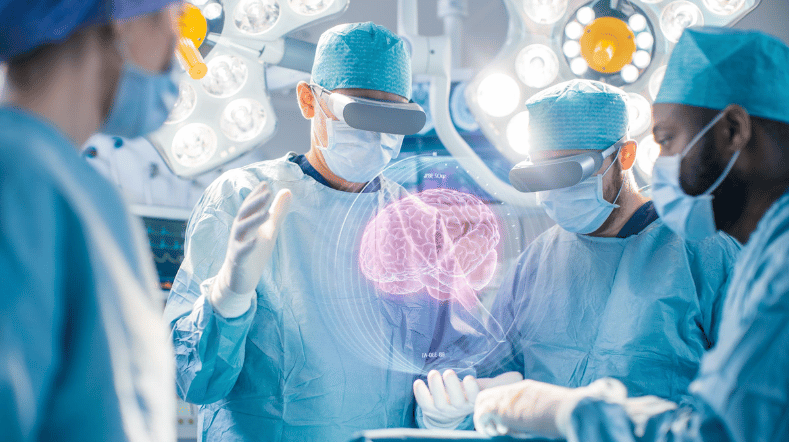Smart robotics is key to automation
The products we manufacture as a society are becoming more advanced and more diverse. In addition, the associated production processes are becoming more and more complex.At the same time they have to be more and more flexible. This is time-consuming and human brainpower oftencomes up short here. However, we can cope with the complexity and flexibility if we opt to use robotisation and automation in an increasingly intelligent way. This will bring a future-proof industry a big step closer.
At TNO, for example, we are working on AI techniques forautomatic path planning. This allows the make industry to program robots in such a way that they can determine their own route and adjust it when the environment changes. This is especially possible in combination with machine learning. In this way wecreate a flawless production process, which saves time and money.
Automation is efficient and creative
A good example of this is the automation of metalworking. We use robots to do this. These are now manually programmed for each new product, which is time-consuming.
Based on the product knowledge and the work preparation, we are able to automatically generate the required robot paths. This can significantly increase daily production and save the operator a lot of manual program input.
On the design side, model based design optimisation techniques are decisive in order to make optimal decisions within the design space. Likeintelligent design assistance that enables us to make huge strides in the development of 3D printing ortopology optimisation techniques in which free form designs are created that a human designer couldn't imagine.
Automating the programming process
A lot of time and effort is needed to manually program robots. TNO wants to get this as close to zero as possible. To do this, we use:
- All the available information of the product itself
- The machining steps as defined in the operating instructions
- A 3D environment model of the robot plus machine tools.
In this environment, intelligent path planners program the optimal automation process. Each separate part of that process is merged into a complete robot program. This is programmed almost automatically. This saves time and therefore leads to more productivity.
Get inspired
Working on reliable AI


AI model for personalised healthy lifestyle advice


AI in training: FATE develops digital doctor's assistant


Boost for TNO facilities for sustainable mobility, bio-based construction and AI


GPT-NL boosts Dutch AI autonomy, knowledge, and technology












